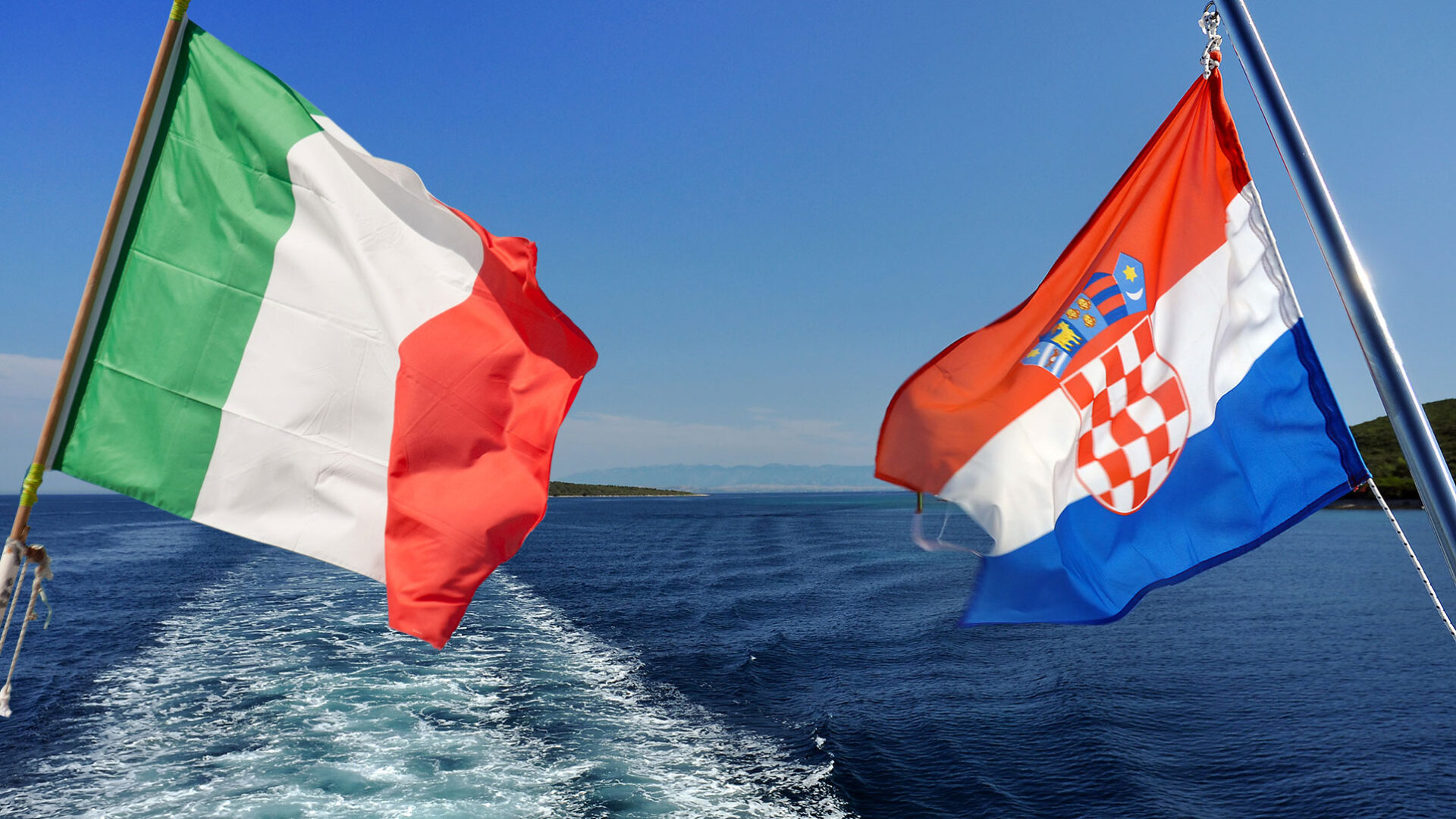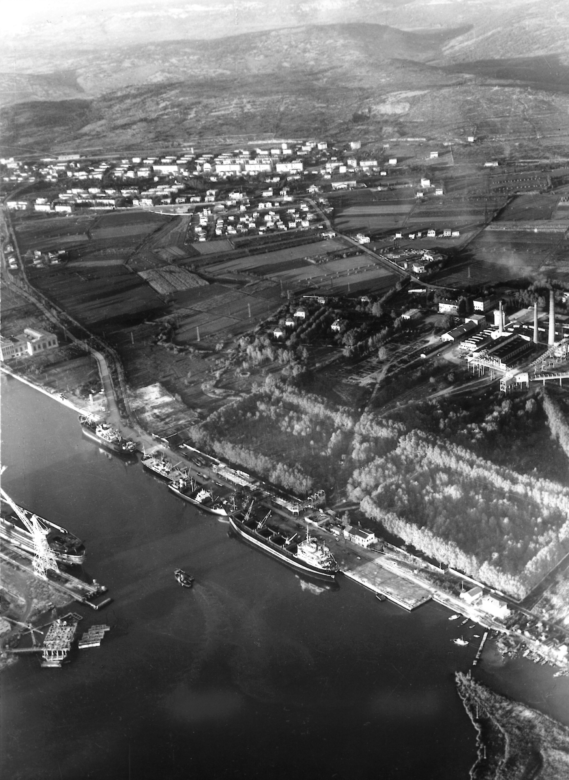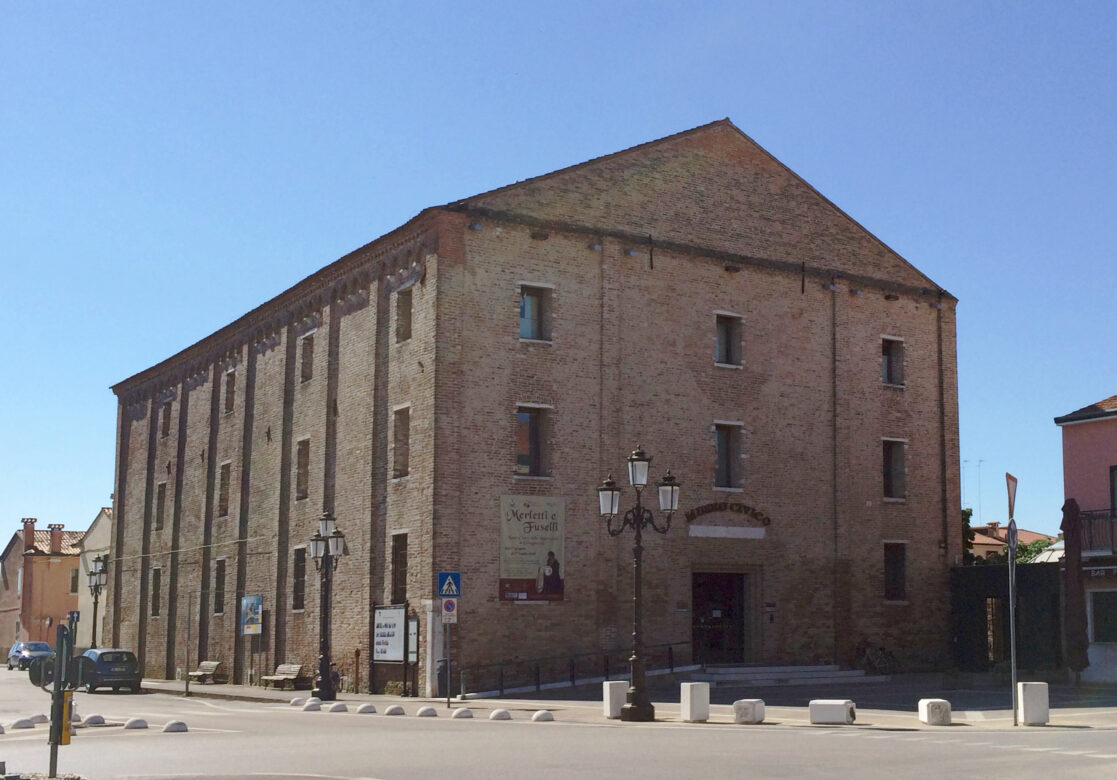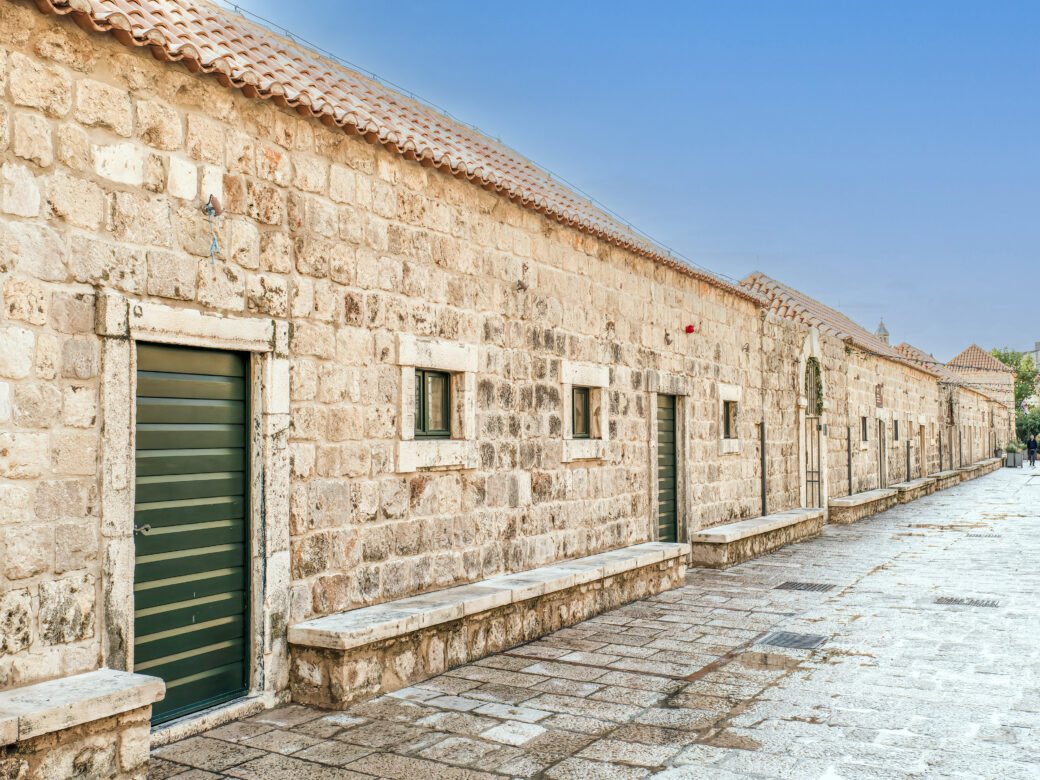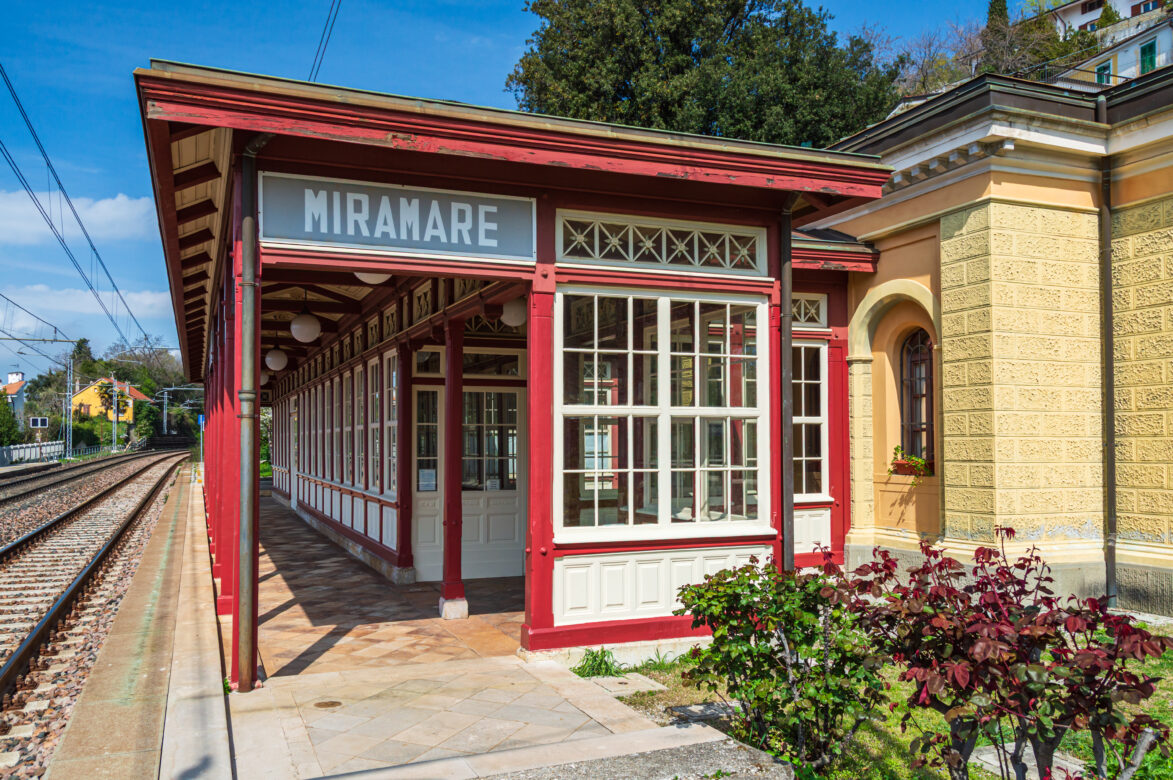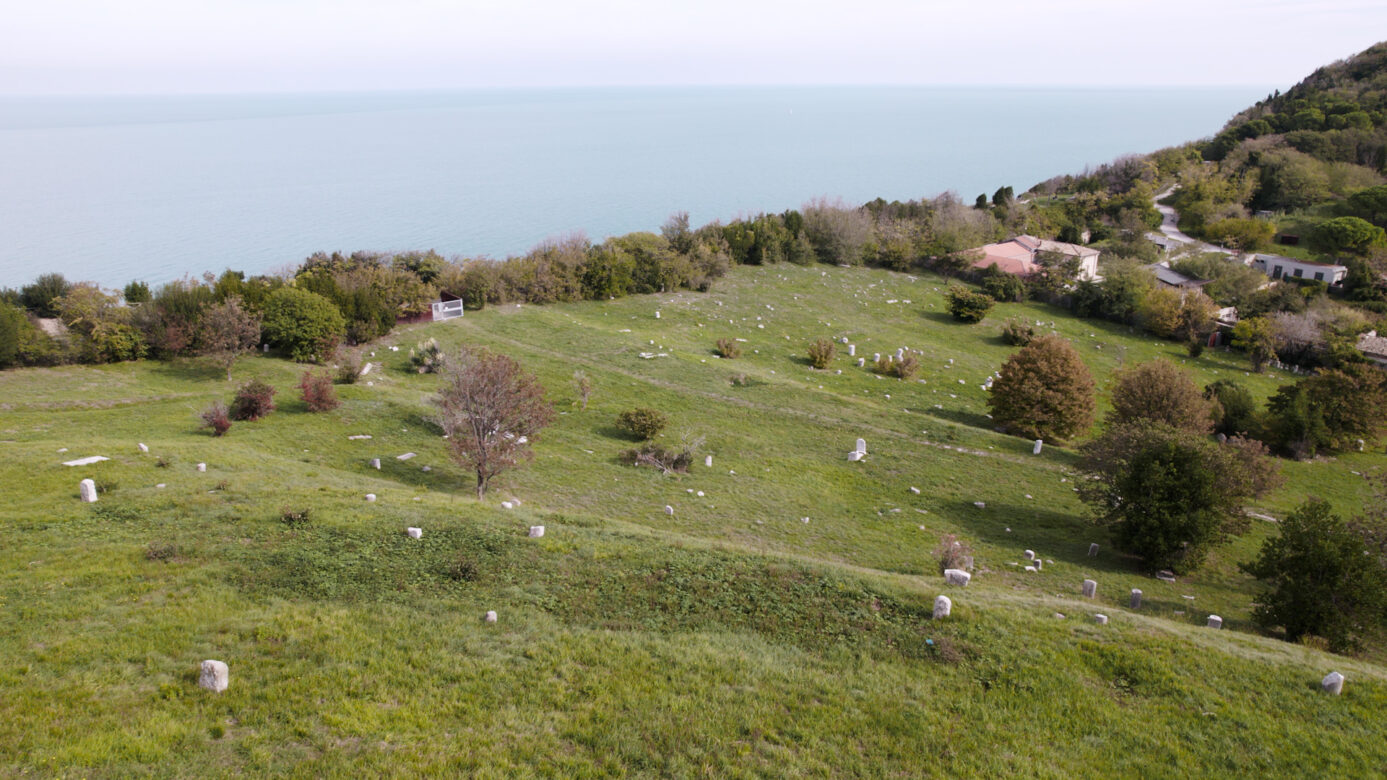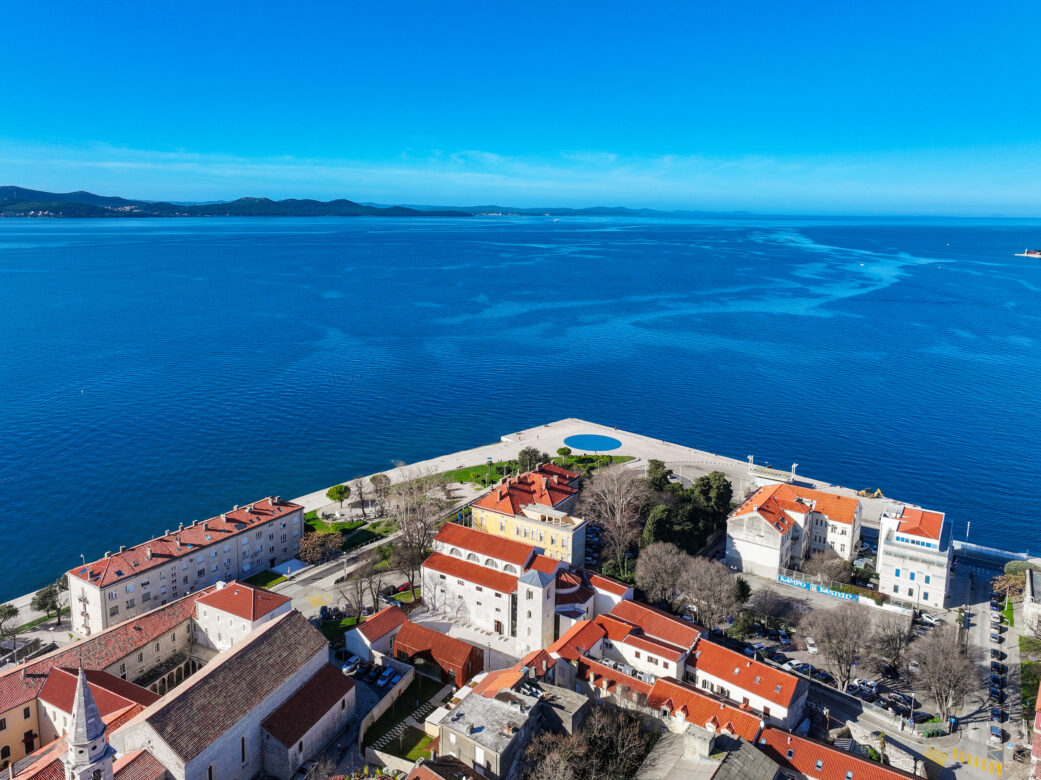Welcome to Different Historic Route, a captivating journey through time and space along the Adriatic coast, where history, culture, and human ingenuity intersect in remarkable ways. This route is proudly part of the ADRIJOROUTES project, which connects and promotes the rich heritage of Adriatic coastal communities.
This journey is more than a collection of historic sites—it is a living narrative of human endeavor, adaptation, and cultural exchange along the Adriatic coast. Join us as we uncover the layers of history that continue to shape this remarkable region.
Our story begins in the green oasis of Parco del Cardeto in Ancona, where the Jewish Cemetery preserves the memory of a community that lived and thrived here, offering insight into the rich tapestry of cultural coexistence in this part of the Adriatic.
Maritime heritage comes alive at the San Benedetto del Tronto Maritime Museum and the Washington Patrignani Maritime Museum, Pesaro. They celebrate the lives of fishermen, sailors, and shipbuilders, highlighting the enduring relationship between humans and the sea.
Our journey continues to the ancient Port of Classe, near Ravenna, once a key naval base in Roman times. This site reveals the strategic importance of the Adriatic coast in antiquity. The history of the railway in the port of Ravenna further highlights how modern infrastructure transformed traditional maritime hubs into bustling centers of commerce.
The Museum of the Southern Lagoon in Chioggia brings us closer to the everyday lives of fishing communities, preserving their tools, boats, and stories that define the character of this unique lagoon environment.
In Muggia, a town with deep roots in the Venetian Republic, architecture and urban layout reflect centuries of political and cultural ties, showcasing how local identity was shaped by larger historical forces.
The historic Port of Monfalcone unfolds a story of industrial and maritime evolution. Once a center for shipbuilding and naval activity, it played a crucial role in regional development. Nearby, the elegant Miramare Railway Station stands as a symbol of 19th-century technological progress and the expansion of rail networks that connected distant communities.
We encounter Morčić, a distinctive symbol deeply rooted in local folklore and maritime traditions, representing resilience and cultural pride. Morčić is a historic symbol closely associated with the city of Rijeka and represents strength, defense, and the maritime tradition of the region. As an emblem, it embodies the courage and resilience of sailors and coastal communities, reflecting their enduring connection to the sea.
We continue to with Zadar and the 9th century, with the Liburnian culture, one of the earliest known organized communities in this region. Their maritime skills and settlements laid the groundwork for centuries of human activity along these shores. The History of Zadar’s port waterfront is in strong correlation with the history of the town itself and has a potential for original historical route creation offering a unique tourist experience with the engagement of all 5 senses approach engaging higher value in discovering the hidden historical details.
Lastly, we end this route with Dubrovnik and Lazareti, a historic quarantine complex that stands as a reminder of the challenges faced by port cities in safeguarding public health while maintaining vital trade routes. Nearby, the imposing city wall toward the southern part of the port still tells tales of defense and urban growth, reflecting how cities adapted to both natural and human threats.


